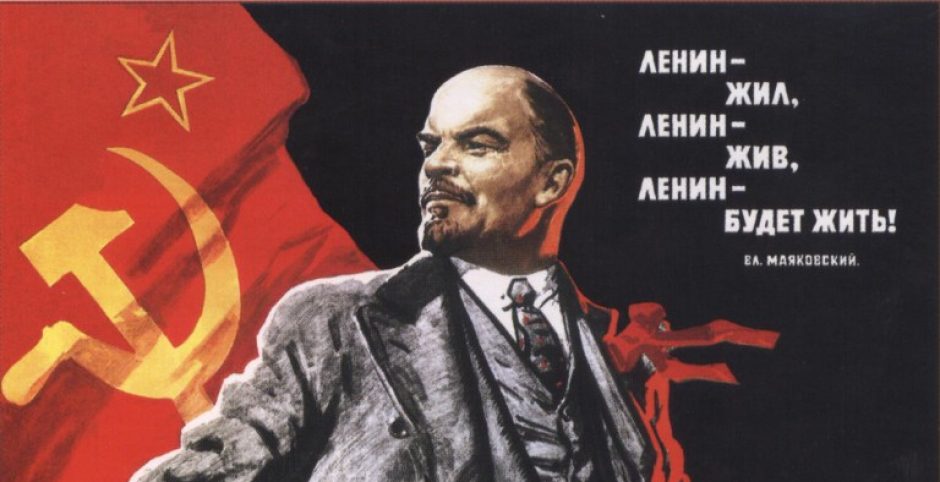“Any revolution which smacks of fanaticism; a violent revolution, a people’s revolution… merely destroys without creating anything new.” (pg. 246)
To me, this quote is evident of a deep anxiety within the gentry and the political elite. The “Great Reforms” seem pretty evident of the upper class’s (as well as the tsar’s) fear of class conflict, or more specifically, an upsetting of the class system’s traditional hierarchy. Alexander II was able to (temporarily) quell an uprising of the lower classes by officially emancipating the serfs, creating the illusion of a progressive shift towards social equality in Russian policy. However, he kept class distinctions firmly in place by disallowing the emancipated serfs actual social mobility; the serfs still owed money to the government, and the gentry still ultimately controlled the usage of the land.
This type of policy is further evident in the reforms on education, that purported to increase access to education, when they actually discouraged it. Primary education was voluntary, and the type of education allowed discouraged the emergence of any radical social thought. Furthermore, the western provinces where peasants lived didn’t obtain the same local authorities that the more wealthy, urban areas did.
This all returns to the original struggle of Catherine: the desire to modernize conflicts with the desire to maintain authoritarian rule and traditional social structures. I know we haven’t reached rise of communism, but from what we do know, whose policies would appear to be more necessary to inducing this revolution? Catherine tried to disseminate an awareness of the law and general education (a sort of enlightenment of her subjects), while Alexander brought more legal freedom to the serfs…

I think this mindset was a part of a fatal flaw, one that led to the end of the Romanov Dynasty. As you’ve stated, we’ve seen the Czars trying to hold onto their autocratic power while also introducing reform and the contradiction is evident. With Peter, we see the beginnings of a Russia that looks to the West and takes ques from constitutional monarchies, yet Russia must remain under autocratic (it can simply be governed no other way). Catherine went even further in her vision of reform and still insisted on something very similar to what Peter thought.
I see this as a dire mistake. By committing to reform only half way, the czars might be said to have been committed to autocracy only half way. The two don’t mix well and they undermine each other. In the wake of the Great Reforms Saunders states, “Population growth and the peasant’s interest in the education were signs that, whatever privations the common people suffered in the wake of the emancipation, they believed life had more to offer than it had offered in the past.” (Pg. 272). The czars gave their people the tools to overthrow them and gave them reason to overthrow them by only giving them enough to sate their hunger for a better life. With this in mind, I think that Alexander II’s reforms had the greatest lasting effect on the Russian people, as his reforms were the first to spread beyond the structures and circles of the upper class. For the first time, national literacy was on the table people finally had the possible means of going beyond the countryside and integrating themselves within the metropolis. Catherine, Peter, and the Decembrists provided a goal in their ideals. Alexander gave them the means to find it.